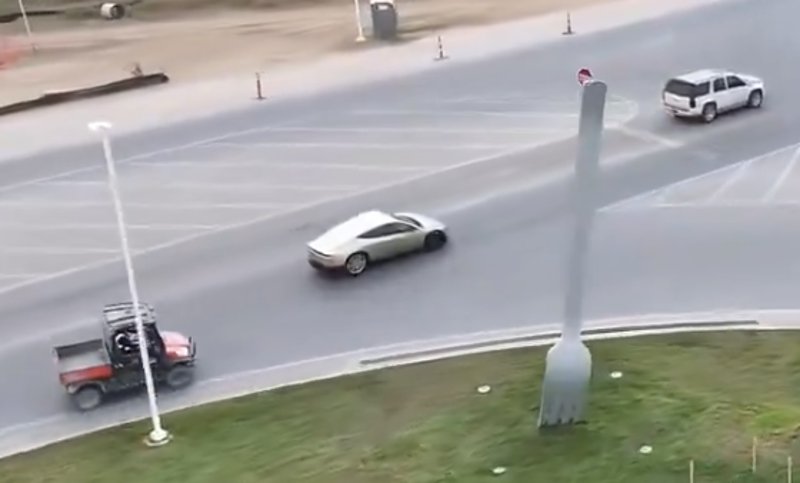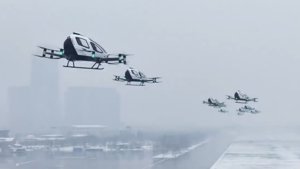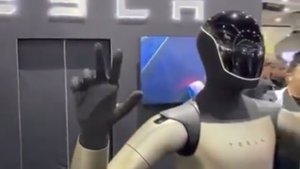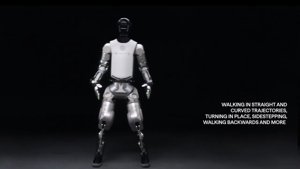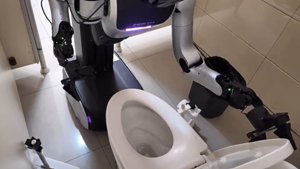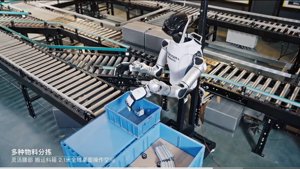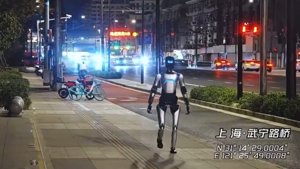Just when you thought the roads around Austin couldn’t possibly get any weirder, Tesla, Inc. has reportedly unleashed its Cybercab onto the public thoroughfares near Gigafactory Texas. This isn’t just a casual spin; it’s a significant, if predictably tardy, leap for the vehicle from the polished confines of flashy unveil events to the glorious, unpredictable chaos of real-world public infrastructure. This purpose-built robotaxi, which famously eschews quaint relics like steering wheels and pedals (because, honestly, who needs them?), is the foundational stone of Elon Musk’s perpetually “just around the corner” autonomous ride-hailing network.
First unveiled with the usual fanfaronade in October 2024, the two-seater Cybercab is Tesla’s audacious gamble on a future where you summon your chariot, rather than endure the indignity of actually owning one. Unlike the company’s existing consumer vehicles, which are still grappling with the “Full Self-Driving (FSD) beta” moniker (a beta that seems to be having a rather extended gap year), the Cybercab is engineered from the ground up for unadulterated autonomy. While previous glimpses were strictly confined to the manicured, controlled environment of Tesla’s factory grounds, letting it loose on public roads suggests the company is finally hoovering up the critical real-world data needed for validation and, eventually, mass production – a milestone Musk has, with his characteristic blend of optimism and temporal elasticity, slated for “before 2027.”
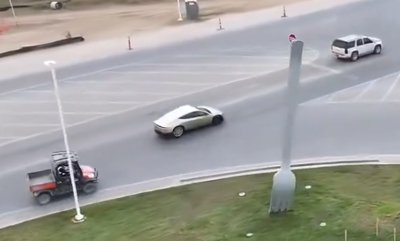
Why is this important?
Moving the Cybercab from a secluded test track to the gladiatorial arena of public roads is the automotive equivalent of a teenager finally getting their learner’s permit; the real test, dear reader, truly begins now. This phase is absolutely pivotal for schooling the vehicle’s AI on the infinite, glorious chaos of human drivers (bless their hearts), the baffling unpredictability of pedestrians, and the charmingly crumbling infrastructure that defines modern urban landscapes. While Tesla’s existing Robotaxi service, which has been trundling along in a somewhat limited capacity with modified Model Ys, has certainly faced its fair share of scrutiny (and the occasional kerfuffle), the Cybercab represents the genuine endgame. Success here wouldn’t just be a monumental step; it would be a full-blown moonwalk toward the autonomous, ride-hailing future Tesla has been relentlessly selling for years. But let’s not get ahead of ourselves: it also flings open the floodgates to immense regulatory, safety, and public perception hurdles that no amount of slick presentation or Keynote razzmatazz can smooth over.
